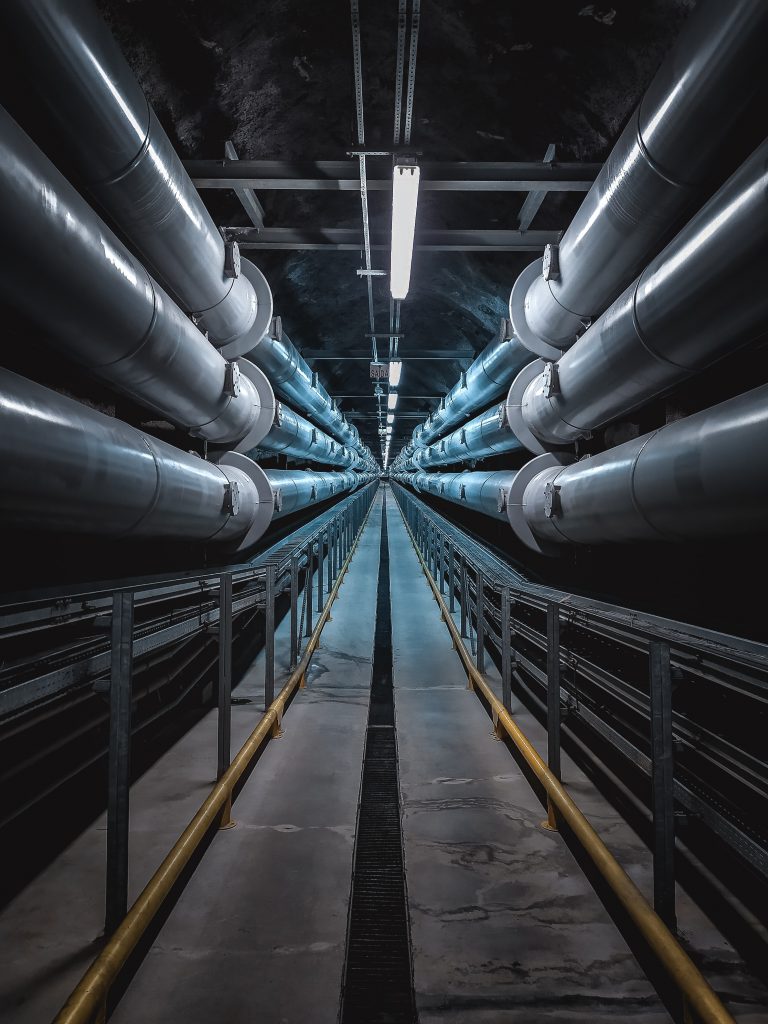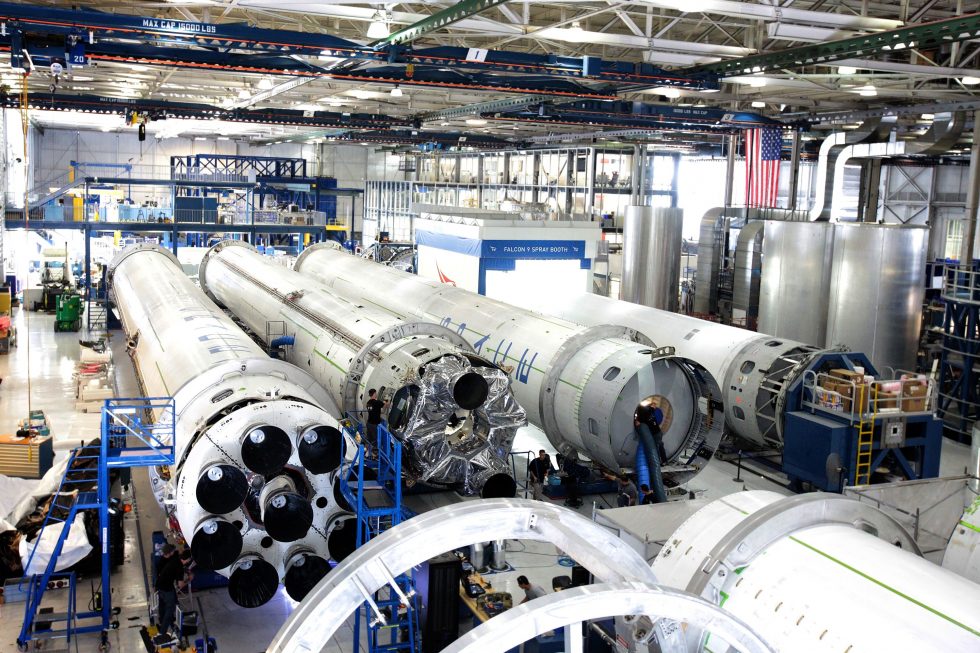PVC pipes, the unsung heroes of water transport, are utilised in everything from sewage systems to agricultural irrigation. They’re one of the most adaptable forms of plastic pipes, with a long list of advantages: they’re light but tough, cost-effective, and recyclable.
What is PVC-O Pipe?
The amorphous structure of unplasticized PVC (PVC-U) is transformed into a layered structure in the manufacturing of molecularly orientated PVC (PVC-O). Check out hypro pvc-o pipe Malaysia to have more information.
PVC-O improves on the many advantages of PVC-U, such as corrosion resistance, water quality preservation, cost-efficiency and recyclability, and an unmatched balance of strength, stiffness, and flexibility. PVC-O pipes have a number of advantages, including hydraulic capacity, ductility, fracture propagation resistance, and impact and fatigue resistance. As a result, PVC-O is a great choice for drinking water pressure pipes. PVC-O is also suitable for non-potable applications such as irrigation and sewer pumping mains, which are buried. Pipes and fittings made of PVC-O are completely recyclable.
The benefit of using PVC pipe
PVC pipes are widely used and appreciated for a variety of reasons, including their durability and cost-effectiveness. The following are the key benefits of using PVC piping:
Safety: PVC pipes are among the safest pipelines for transporting drinking water. PVC has strong corrosion resistance, making it difficult for germs to breed on it, making it an important public health asset. Furthermore, the chemical composition of PVC acts as a barrier against pollutants entering drinking water.
Environmental friendly: PVC pipes’ environmental friendliness is determined by a number of elements. PVC is a low-carbon material, which means it uses less energy and resources to produce. They need less energy to transport since they are so light. The smooth surface of PVC pipes minimises pumping costs and energy consumption. PVC pipes are also frequently 100 percent recyclable, making them the most environmentally friendly pipe available.
Recyclable: PVC pipes are completely reusable. Without losing its qualities, PVC can be recycled up to seven times. Using recycled PVC helps to protect natural resources by saving 2 kg of CO2 for every kg of PVC recovered. Recycling PVC is beneficial not just to the environment, but also to local economies. PVC recycling gives job opportunities. In Europe, for example, the PVC recycling industry has created over 1500 jobs.
Durability and cost-effectiveness: The mix of lightness and durability that each pipe brings is a big part of the appeal of PVC piping. PVC has a long life expectancy of up to 100 years. It’s so long-lasting that it’ll last you decades. In addition, PVC pipe has been demonstrated to be more resistant to stress than other piping materials. Because of PVC’s long lifespan, you won’t have to replace it as often as you may think. PVC is also less expensive to buy, install, run, and maintain because of its widespread use.
Tree root intrusion resistance: Root infiltration is more resistant to some pipe materials than to others. Because it has fewer joints, PVC pipe is more resistant to root infiltration. Tightly fitted PVC joints are less prone to leak as a result of backfill settlement around the pipe due to their flexibility. Tree roots can easily enter and damage vitrified clay pipes. Root incursions are also less common in concrete pipes than in vitrified clay pipes.

